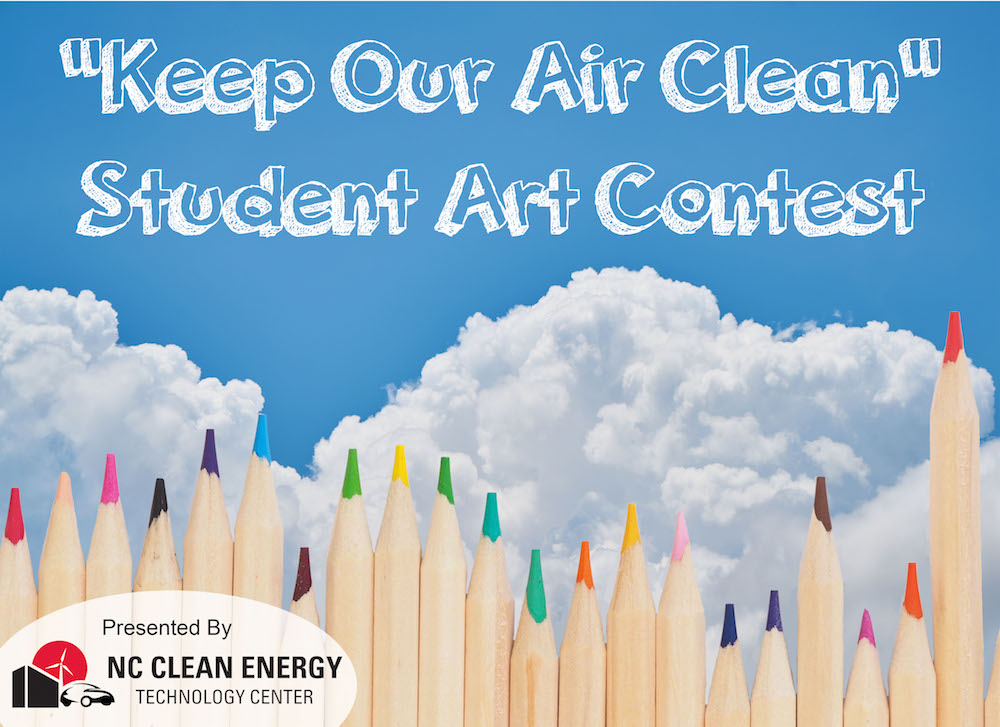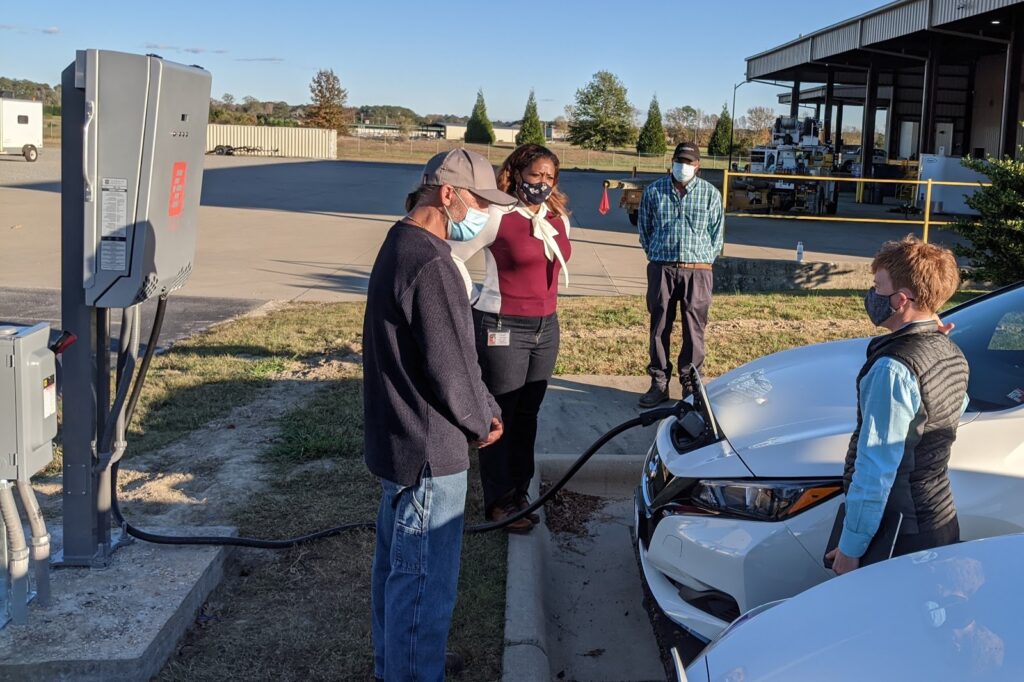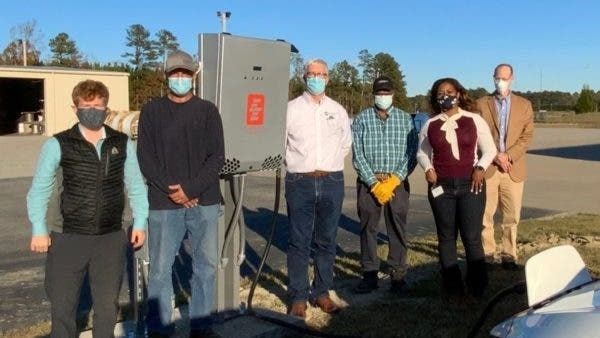The agenda for the 2021 Sustainable Fleet Technology Virtual Conference has officially been announced! Attendees will be able to tune in for valuable presentations and conversations every Tuesday and Thursday from 2:00 to 3:30 PM ET starting on September 9 and ending on October 19, 2021.
Sessions at the Fifth annual 2021 Sustainable Fleet Technology Virtual Conference (SFT) will showcase the latest and greatest in sustainable fleet technologies and alternative fuel operations, as well as implementation in the biofuels, electric, natural gas, hydrogen and propane arenas. Session topics and speakers were carefully selected to highlight the current technologies, topics and issues happening in today’s fleet industry as we navigate the rapidly evolving transportation industry.
Richard Sapienza, Director of the Clean Transportation program at NC Clean Energy Technology Center, surveys fleet managers year-round to find relevant session topics suited for their needs. There are a myriad of strategies to achieve fleet sustainability and new clean transportation technologies are always on the horizon, and topics discussed at the SFT are meant to share best practices and lessons learned across the industry.
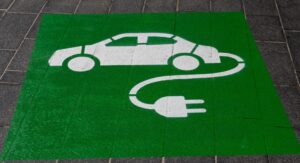 Currently, both public and private fleets in the United States are gearing up for an electric vehicle revolution as the transition towards vehicle electrification expands. Transitioning entire fleets away from conventional fuel vehicles, however, is a much more complex process than individuals deciding to go electric.
Currently, both public and private fleets in the United States are gearing up for an electric vehicle revolution as the transition towards vehicle electrification expands. Transitioning entire fleets away from conventional fuel vehicles, however, is a much more complex process than individuals deciding to go electric.
“This transition affects every fleet from light to medium to heavy-duty vehicles, which all have different use cases and needs regarding power levels, charging and range,” Sapienza explained. “You can’t just flip a switch and instantly see the change, but we’re hoping to make that change more accessible for these fleet managers.”
Attendees of SFT can expect to learn and share more about electric vehicle infrastructure planning, alternative and renewable fuels applications and decarbonization uses, idle reduction, sustainable fleet management and more. Session topics include a strong focus on data-driven decisions, tools and technologies from real-world applications of leading edge technologies.
 Alternative fuels such as hydrogen and natural gas have proven to be viable ways for fleets to reduce emissions and help conserve fuel. Not only are alternative fuels featured in a session on fleet decarbonization, but attendees can also learn from success stories about propane autogas and natural gas applications in addition to a session focused on hydrogen as a transportation solution.
Alternative fuels such as hydrogen and natural gas have proven to be viable ways for fleets to reduce emissions and help conserve fuel. Not only are alternative fuels featured in a session on fleet decarbonization, but attendees can also learn from success stories about propane autogas and natural gas applications in addition to a session focused on hydrogen as a transportation solution.
SFT 2021 features award-winning and expert speakers who will share the best practices to help fleets run more efficiently. From simple strategies like idle-reduction programs to more complex strategies including fleet charging costs and deployment, the conference agenda covers it all. Each session spotlights different opportunities for fleets to find the best solutions for managing a sustainable fleet.
Building towards a sustainable fleet is a multi-aspect process that involves planning, understanding, learning, tracking, analyzing, training and changing organizational culture, which can be challenging for individual fleets to navigate. SFT serves as a resource for public and private fleets by leveraging the knowledge of top performing fleets and industry experts sharing their best practices and operations for increasing vehicle fleet efficiency and sustainability.
“We’re trying to build a community to exchange and share ideas from lessons learned so that we can all avoid the potholes in the road,” Sapienza said. Early-adopters exist for every trend and technology, and fleet managers can learn from them to increase their own fleet’s efficiency both environmentally and economically.
The sustainable fleet practices presented at SFT 2021 provide a process of continuous improvement, fleet modernization and impact and risk reduction, while also working towards decarbonization and cost savings.
Who should attend?
- Public & Private Fleet Managers
- Purchasing Officials
- State Government Leaders
- Municipal Government Officials
- Non-Profit Stakeholders
- Clean Cities Coalitions & Stakeholders
- Alternative Fuel Trade Organizations
- Sustainability Managers
- Academic Leaders & Researchers
Learn more & register for individual SFT 2021 virtual sessions below:
- September 9, 2021 – Electric Vehicle Infrastructure Planning Best Practices and Considerations for Today & the Future
- September 14, 2021 – Alternative And Renewable Fuels for MD/HD Fleet Decarbonization
- September 16, 2021 – Natural Gas Transportation Applications and Success Stories
- September 21, 2021 – Working with your Utility and Understanding Fleet Charging Costs
- September 23, 2021 – Idle Reduction Simple and Impactful
- September 28, 2021 – EPA Smartway Technologies and Success Stories (registration coming soon)
- September 30, 2021 – Innovative Charging Solutions
- October 5, 2021 – Total Cost of Ownership Comparisons of Alternative Fuel Vehicles versus Conventional Fuel Vehicles
- October 7, 2021 – Propane Autogas Applications and Success Stories
- October 12, 2021 – Funding Sources and Creative Financing for Sustainable Fleet Deployment
- October 14, 2021 – Hydrogen as a Transportation Solution
- October 19, 2021 – Fleet Creative Mobility Lessons from the Consumer World (registration coming soon)
Don’t miss out on future updates for the 2021 Sustainable Fleet Technology Conference- sign up for the clean transportation newsletter or stay tuned online at www.sustainablefleetexpo.com.
The NC Clean Energy Technology Center hosts the Sustainable Fleet Technology Conference as part of its mission to advance a sustainable energy economy by educating, demonstrating and providing support for clean energy technologies, practices and policies.

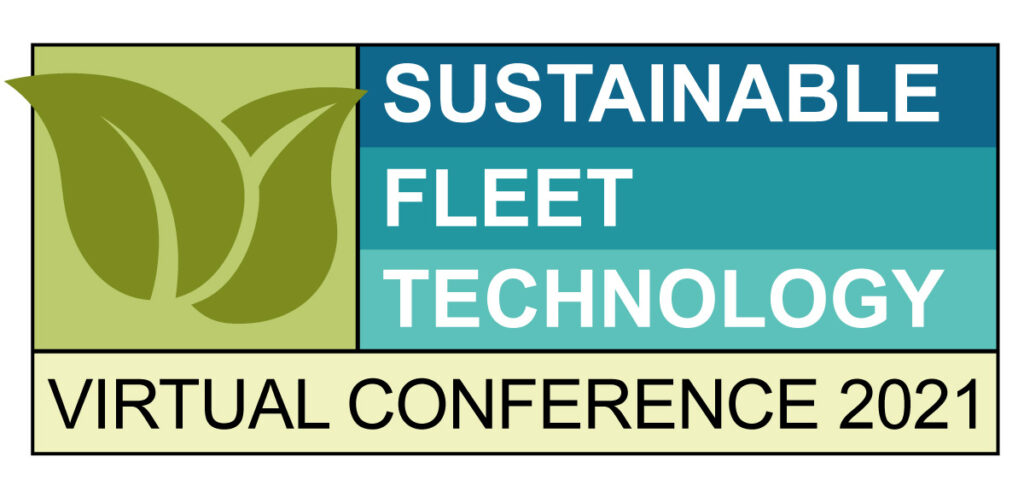
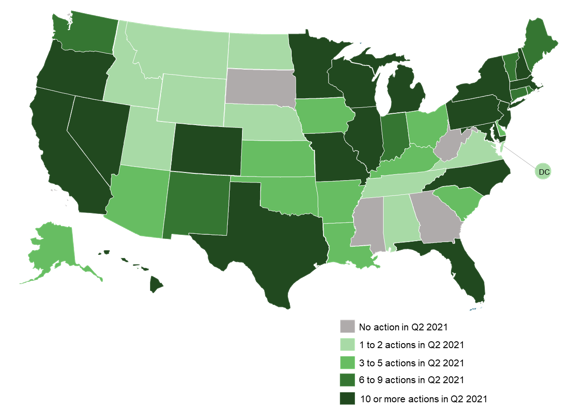
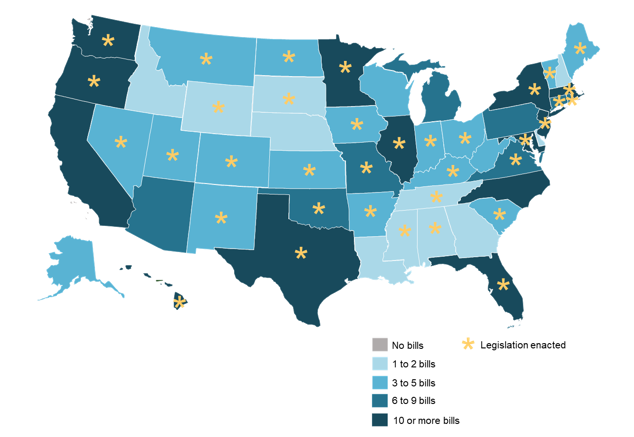





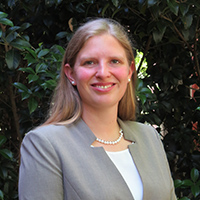 The clean transportation team also provides technical assistance in the form of training and fleet assessments. Heather Brutz, Finance and Operations Manager for the clean transportation program, was on a team that conducted a quantitative analysis evaluating the
The clean transportation team also provides technical assistance in the form of training and fleet assessments. Heather Brutz, Finance and Operations Manager for the clean transportation program, was on a team that conducted a quantitative analysis evaluating the  NCCETC’s staff helps to diversify fuel supplies, reduce emissions and support cleaner air and greater energy security. John Bonitz, a specialist on the clean transportation team, assists in administering federal funding through the
NCCETC’s staff helps to diversify fuel supplies, reduce emissions and support cleaner air and greater energy security. John Bonitz, a specialist on the clean transportation team, assists in administering federal funding through the 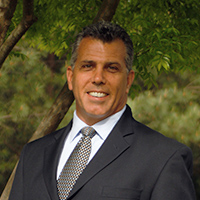 New transportation technologies are always on the horizon and U.S. fleets are currently in a frenzy to electrify, according to Richard Sapienza, Director of the Clean Transportation program. So, the clean transportation team recently hired two new clean transportation specialists. “I welcome the expertise and assistance of our two new hires, Lisa Poger and Alrik Lunsford,” Sapienza said. “Both have significant and relevant industry experience and can hit the ground running.”
New transportation technologies are always on the horizon and U.S. fleets are currently in a frenzy to electrify, according to Richard Sapienza, Director of the Clean Transportation program. So, the clean transportation team recently hired two new clean transportation specialists. “I welcome the expertise and assistance of our two new hires, Lisa Poger and Alrik Lunsford,” Sapienza said. “Both have significant and relevant industry experience and can hit the ground running.” Lisa Poger, Senior Clean Transportation Specialist
Lisa Poger, Senior Clean Transportation Specialist Alrik Lunsford, Clean Transportation Specialist
Alrik Lunsford, Clean Transportation Specialist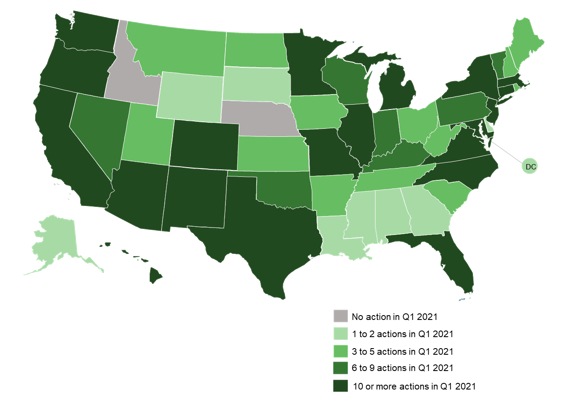
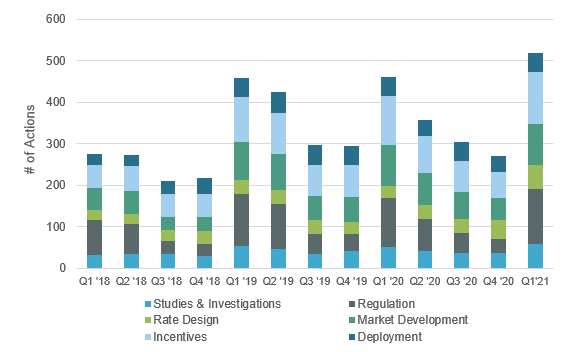





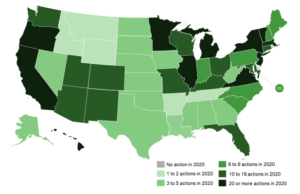 The
The 